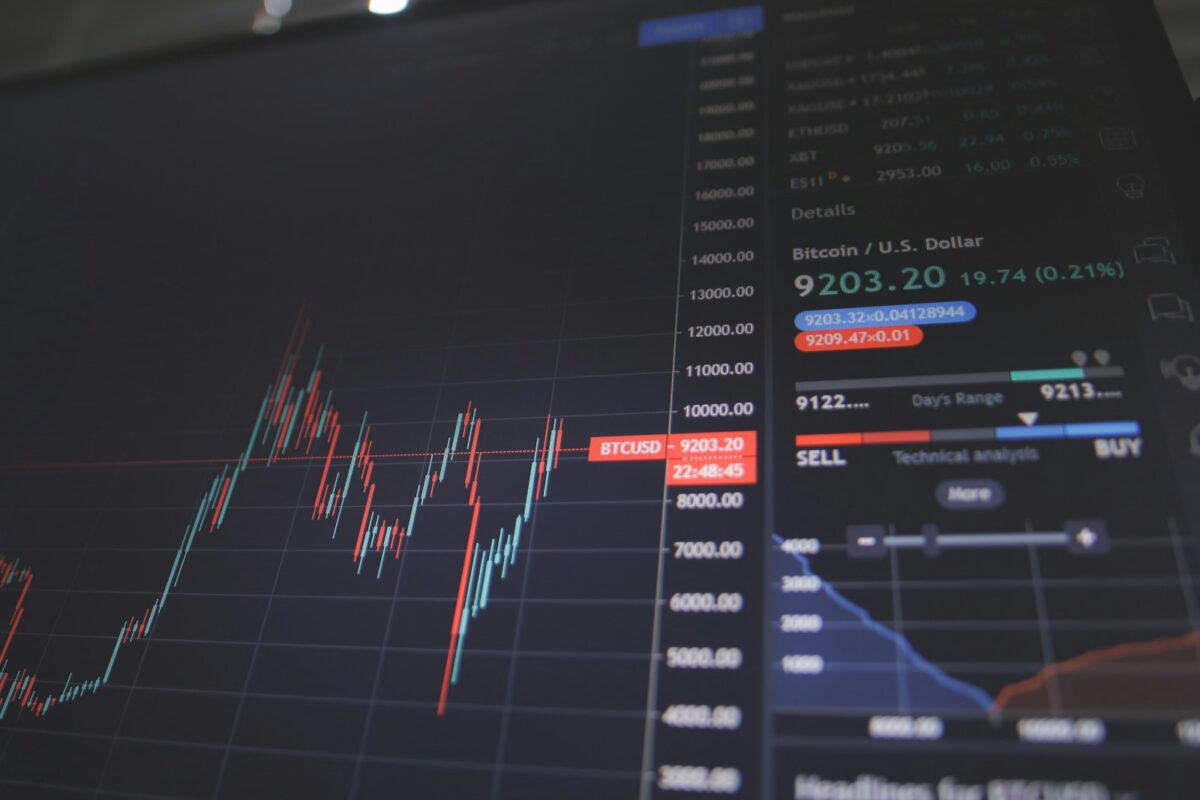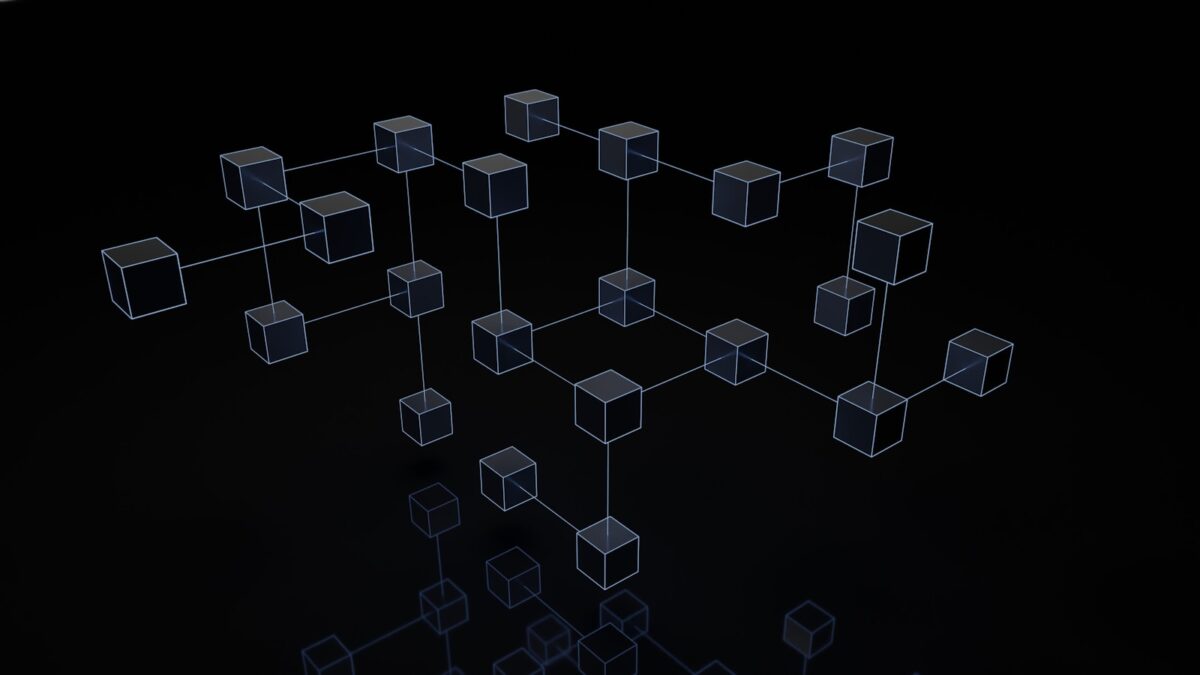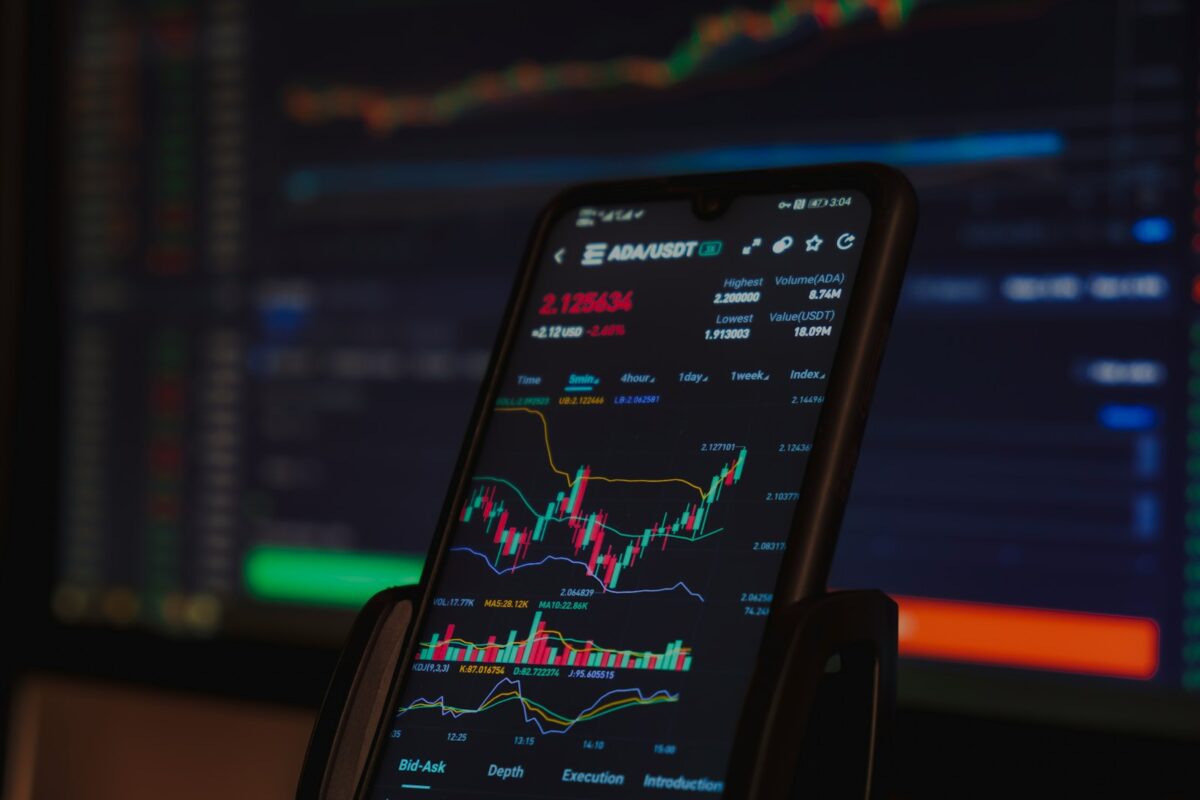
Aragon governance platform

For efficient creation and management of decentralized autonomous organizations (DAOs), utilize Aragon’s suite of tools designed specifically to streamline voting processes and organizational administration. This framework enables transparent decision-making by integrating democratic principles directly into the structure of digital communities.
The available instruments facilitate seamless proposal submissions, secure token-based voting, and real-time tracking of governance activities. Such features provide a robust environment where members actively participate in shaping the direction and policies of their DAO without intermediaries.
Leveraging this system enhances operational clarity and accountability, essential for maintaining collective trust within distributed teams. Experimenting with its modular components reveals how automated governance mechanisms can reduce friction in complex collaboration scenarios while preserving member sovereignty through equitable voting rights.
Aragon Governance Platform
The creation of decentralized autonomous organizations (DAOs) requires sophisticated tools for transparent management and collective decision-making. This ecosystem provides a comprehensive set of modules designed to facilitate the establishment, administration, and operational control of DAOs without reliance on centralized authorities. The infrastructure supports customizable voting mechanisms that ensure stakeholder participation and uphold principles of digital democracy.
Effective governance demands reliable voting protocols capable of capturing diverse preferences within a community. The system integrates both off-chain signaling and on-chain execution, balancing scalability with security. Token-based voting rights enable proportional influence while safeguarding against common attack vectors like vote manipulation or Sybil attacks through verified identity layers or stake-weighted models.
Modular Architecture Supporting DAO Creation
The architecture employs a modular approach where various functional components can be combined or replaced to suit specific organizational needs. For example, voting strategies vary from simple majority rule to quadratic voting, enabling nuanced consensus models that better represent minority positions. This flexibility allows experimental governance designs to be implemented and iterated upon in live environments.
- Voting Tools: Multiple ballot types including weighted, token-curated registries, and conviction voting offer adaptable decision frameworks.
- Management Features: Role assignment, permissions control, and treasury oversight operate through permissioned smart contracts enhancing operational security.
Experimentation with these governance models has demonstrated measurable impacts on proposal approval rates and member engagement levels across various communities using popular coins as their native assets. Such data provides empirical evidence supporting the efficacy of tailored governance systems.
This platform’s integration with prominent cryptocurrency projects underscores its adaptability. For instance, several well-known tokens utilize it for treasury management and protocol upgrades, demonstrating robust performance under real-world conditions. These implementations provide valuable case studies illuminating best practices for maintaining transparency while scaling community involvement.
The pursuit of democratic principles in decentralized ecosystems benefits from these evolving instruments that empower token holders beyond mere speculative functions. By aligning incentives through transparent mechanisms and verifiable outcomes, this environment fosters trustworthiness in collective decision processes–an essential attribute for sustainable decentralized organizations managing popular cryptocurrencies today.
Setting Up Aragon DAO
Initiate the creation of a decentralized autonomous organization by selecting the appropriate framework within the Aragon suite designed for collective decision-making. The setup process leverages specialized tools that enable transparent participation and streamlined management of shared resources. Establishing clear parameters for voting mechanisms ensures equitable influence distribution among stakeholders.
Utilize the modular architecture to customize operational rules, including membership permissions, proposal thresholds, and quorum requirements. This flexibility supports tailored organizational structures ranging from small communities to complex enterprises. Implementing these configurations early prevents governance conflicts and enhances procedural clarity throughout the DAO’s lifecycle.
Technical Steps for Effective DAO Creation
The initial phase involves deploying a smart contract instance via the Aragon interface, which acts as the foundation for institutional functionalities. Participants must define roles such as administrators or token holders with specific rights encoded on-chain. Integration with Ethereum-compatible wallets facilitates secure identity verification and transaction approval within the ecosystem.
- Token issuance: Create governance tokens representing voting power or financial stake.
- Permission settings: Assign granular access controls to various functional modules.
- Proposal system setup: Configure submission guidelines and discussion forums.
This technical groundwork supports transparent vote tallying and immutable record-keeping, essential for accountability in decentralized decision processes.
The platform’s embedded voting protocols allow experimentation with different consensus models–ranging from simple majority to weighted or quadratic voting–offering empirical insights into group dynamics. Monitoring results through dashboard analytics provides quantitative data to optimize engagement strategies and dispute resolution frameworks.
The management interface also includes dispute resolution modules that automate conflict mediation through pre-established rulesets. This capability promotes resilience against internal disagreements by embedding procedural justice into automated workflows, decreasing reliance on external arbitration entities and reducing operational friction.
A continuous improvement approach encourages iteration based on feedback loops generated by real-world application data. By systematically adjusting parameters like voting periods or quorum levels, organizers can empirically evaluate their impact on participation rates and decision quality, fostering an evolving yet stable self-regulatory environment within the organization’s framework.
Managing Voting Power Distribution
Effective allocation of voting rights within decentralized autonomous organizations requires precise mechanisms that balance influence among participants. Utilizing specialized tools designed for token-weighted voting enables transparent and adjustable distribution of decision-making authority. The creation of flexible voting schemas supports tailored engagement models, where stakeholders’ power reflects their contributions while preventing centralization risks. For instance, quadratic voting algorithms integrated into DAO frameworks demonstrate measurable improvements in democratic representation by limiting disproportionate control from large holders.
Implementing tiered delegation systems provides an additional layer of sophistication in managing electoral weight. Delegation tools allow members to assign their votes to trusted representatives without losing direct control, fostering scalable participation and expertise-driven decisions. Empirical data from various decentralized collectives indicate that such structures enhance voter turnout and reduce governance bottlenecks. These methods complement on-chain identity verification protocols, ensuring the authenticity of delegated votes and mitigating sybil attacks.
Technical Approaches to Voting Power Distribution
The architecture behind vote management frequently involves smart contracts enabling dynamic recalibration of power assignments based on predefined rules or real-time metrics. Time-locked token staking exemplifies a mechanism where longer commitment periods increase voting influence, incentivizing sustained engagement. Experimental deployments have shown this approach stabilizes governance processes by aligning long-term interest with system health. Additionally, multi-token governance models aggregate diverse asset holdings into composite voting weights, reflecting multifaceted stakeholder involvement.
Advanced analytics tools embedded within decision-making interfaces provide continuous feedback on power dispersion patterns and potential concentration risks. Visualization dashboards assist coordinators in identifying emergent imbalances and adjusting parameters accordingly. Case studies from blockchain ecosystems employing these analytical instruments reveal enhanced resilience against vote manipulation and improved alignment with democratic ideals. Encouraging ongoing experimentation with such methodologies invites deeper understanding of optimal power dynamics within collective self-management systems.
Integrating Popular Coins Tokens into Decentralized Autonomous Organizations
For decentralized autonomous organizations (DAOs) seeking to incorporate widely used cryptocurrencies and tokens, seamless integration requires precise alignment with the DAO’s decision-making and resource management mechanisms. Token compatibility must support transparent voting procedures while preserving tokenomics integrity, ensuring that participation in democratic processes reflects both stake and contribution.
The creation of voting frameworks that accommodate diverse token standards such as ERC-20, ERC-721, or native blockchain coins demands careful consideration of smart contract interoperability. Implementing multi-token support within DAO management systems enables flexible governance models where multiple asset types influence proposals and outcomes without compromising security or decentralization principles.
Technical Foundations for Multi-Token Support in Collective Decision Systems
Integrating popular tokens involves deploying modular smart contracts capable of recognizing various token interfaces. This modular approach facilitates dynamic weight assignment during votes based on token quantity or unique attributes like non-fungible tokens (NFTs). For example, a DAO using fungible tokens might assign voting power proportionally to holdings, whereas NFTs could grant one-vote-per-item privileges enhancing personalized representation.
Experimentation with cross-chain bridges further expands the spectrum of usable assets within a DAO environment. By linking external blockchain assets through verified oracles and wrapped tokens, organizations can broaden participation beyond a single ecosystem. Such techniques require rigorous validation layers to maintain trustlessness during vote tallying and proposal execution phases.
- Smart contract upgradeability: Ensures ongoing adaptability as new token standards emerge.
- On-chain identity verification: Aligns voter eligibility with token ownership securely.
- Automated staking mechanisms: Facilitate commitment signals influencing governance weight dynamically.
A case study highlighting effective integration is the deployment of a DAO managing a DeFi protocol’s treasury by accepting stablecoins alongside governance tokens. The treasury DAO assigned differential voting rights dependent on stablecoin lockup duration combined with native governance tokens, yielding nuanced collective decisions reflecting both capital stability and active stakeholder engagement.
This experimental configuration reveals potential pathways for future developments: combining utility tokens with social reputation metrics to refine democratic input further. Researchers may explore layered governance architectures where token diversity coexists with behavioral analytics, fostering more resilient decentralized communities focused on inclusive management strategies.
Automating Proposal Execution
Implementing automation in the execution phase of proposals within decentralized autonomous organizations significantly enhances operational efficiency and reduces human error. Utilizing specialized tools designed for proposal creation and voting streamlines decision-making processes by enabling automatic enactment of approved measures without manual intervention. This approach transforms traditional democracy frameworks into programmable logic, ensuring that once consensus thresholds are met, predefined actions trigger instantaneously on-chain.
Systems integrating automated execution embed smart contract functionalities directly linked to voting outcomes, allowing seamless transition from proposal approval to tangible changes in management parameters or resource allocation. For example, a DAO managing a treasury can programmatically execute fund disbursements or adjust permissions immediately after community ratification, bypassing delays commonly associated with manual administrative steps. Such mechanisms reinforce transparency while empowering collective control through immutable code.
Technical Foundations and Practical Applications
The core technical aspect relies on modular contracts that listen to vote results emitted by governance modules and initiate corresponding functions autonomously. This requires robust interfaces between voting contracts and execution scripts, often implemented via event-driven architecture on blockchains supporting smart contracts like Ethereum. These interactions necessitate precise coding standards to mitigate risks such as reentrancy attacks or state inconsistencies during concurrent operations.
Case studies reveal varied implementations: one experiment involved a DAO employing an Aragon-inspired framework where proposal submissions automatically triggered upgrades in organizational roles upon reaching quorum. Another instance utilized decentralized voting mechanisms combined with executable transaction bundles, enabling instant protocol parameter updates after member endorsements, effectively reducing latency between decision and enactment.
For practitioners aiming to enhance their DAO’s self-management capabilities, focusing on integration between proposal lifecycle stages–creation, debate, voting, and execution–is paramount. Leveraging open-source libraries tailored for distributed decision systems offers reliable templates for automating workflows while maintaining auditability. Continuous testing under simulated conditions helps identify edge cases where automation might produce unintended consequences, thus safeguarding democratic integrity through controlled experimentation.
Conclusion: Enhancing DAO Management Through Precise Metric Tracking
To optimize the creation and oversight of decentralized autonomous organizations, deploying advanced tools for metric tracking is indispensable. Quantitative analysis of participation rates, proposal lifecycle durations, and voting power distribution reveals actionable insights into the functional health of the democracy embedded within such ecosystems. For instance, monitoring voter turnout alongside token-weight concentration can identify centralization risks that undermine equitable decision-making.
Applying these findings enables continuous refinement of operational procedures, ensuring sustained alignment with community values while mitigating governance fatigue. The integration of real-time dashboards and predictive analytics fosters proactive management strategies, promoting transparency and accountability. As experimental case studies demonstrate, adaptive mechanisms–such as dynamic quorum adjustments informed by engagement trends–can enhance system resilience against manipulation and apathy.
Forward-Looking Perspectives on Decentralized Management Systems
- Data-driven evolution: Leveraging granular analytics to evolve procedural frameworks encourages iterative improvement in collective decision protocols.
- Interoperability of tools: Combining modular instruments for metric aggregation supports comprehensive ecosystem mapping beyond isolated communities.
- Algorithmic facilitation: Incorporating machine learning models may predict governance bottlenecks or participation drops before they manifest critically.
- User-centric design: Tailoring interfaces to diverse stakeholder needs cultivates inclusivity, strengthening democratic legitimacy within decentralized entities.
The maturation of these approaches invites a paradigm shift in how autonomous collectives self-regulate and grow. By systematically quantifying and interpreting operational parameters, architects of distributed decision systems can elevate both efficiency and fairness. This trajectory not only advances technical sophistication but also deepens our understanding of collective agency within programmable institutions.


